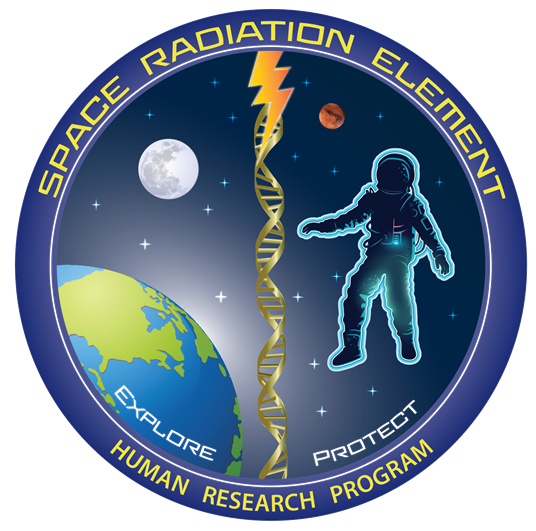Space Radiation Dosimetry
Walter Schimmerling, Ph.D.
12/31/2009
Background
Astronauts in space are exposed to a radiation environment that can have deleterious health consequences. This environment is both complex (trapped electrons and protons, galactic cosmic ray – GCR -- ions, secondary charged fragments, and neutrons) and dynamic (changing in time and orbital location). The probabilities of adverse health effects – the health risks of space radiation – cannot be measured directly, but must be calculated. The term “dosimetry” is used in the context of space radiation risk management to denote the broad range of measurements required to calculate individual risk probabilities, extending well beyond the traditional reference to absorbed dose as energy locally deposited, to include other properties of radiation thought to be relevant predictors of risk.
Radiation measurements are required to accurately monitor astronaut exposures, to operate missions so as not to exceed radiation limits, and to implement the “As Low As Reasonably Achievable (ALARA) principle. They are used to provide warning of dangerous changes in the radiation environment. Finally, the information is required to document and provide an archival record of each astronaut’s radiation exposure history, inform astronauts of their risks, provide evidence that career radiation limits have not been exceeded, and for ongoing and future epidemiological assessments of space flight radiation risks. To the extent that radiation is an important factor in space flight experiments, the data also provide important secondary information related to the interpretation of instrumental readings and experimental results.
The space radiation to which crews are exposed consists of the particles in the environment external to crew quarters and the products of their interactions with planetary or lunar surfaces, residual atmospheres (as on Mars), spacecraft structures and the bodies of crew members; some of these interaction products are neutrons. The complete set of required data are the number, charge, mass, energy and angular distribution of particles. This complete set of data is very difficult to acquire within the typical instrument constraints imposed by space operations; subsets or derivatives of these data are used instead.
Radiation measurements are required to accurately monitor astronaut exposures, to operate missions so as not to exceed radiation limits, and to implement the “As Low As Reasonably Achievable (ALARA) principle. They are used to provide warning of dangerous changes in the radiation environment. Finally, the information is required to document and provide an archival record of each astronaut’s radiation exposure history, inform astronauts of their risks, provide evidence that career radiation limits have not been exceeded, and for ongoing and future epidemiological assessments of space flight radiation risks. To the extent that radiation is an important factor in space flight experiments, the data also provide important secondary information related to the interpretation of instrumental readings and experimental results.
The space radiation to which crews are exposed consists of the particles in the environment external to crew quarters and the products of their interactions with planetary or lunar surfaces, residual atmospheres (as on Mars), spacecraft structures and the bodies of crew members; some of these interaction products are neutrons. The complete set of required data are the number, charge, mass, energy and angular distribution of particles. This complete set of data is very difficult to acquire within the typical instrument constraints imposed by space operations; subsets or derivatives of these data are used instead.


